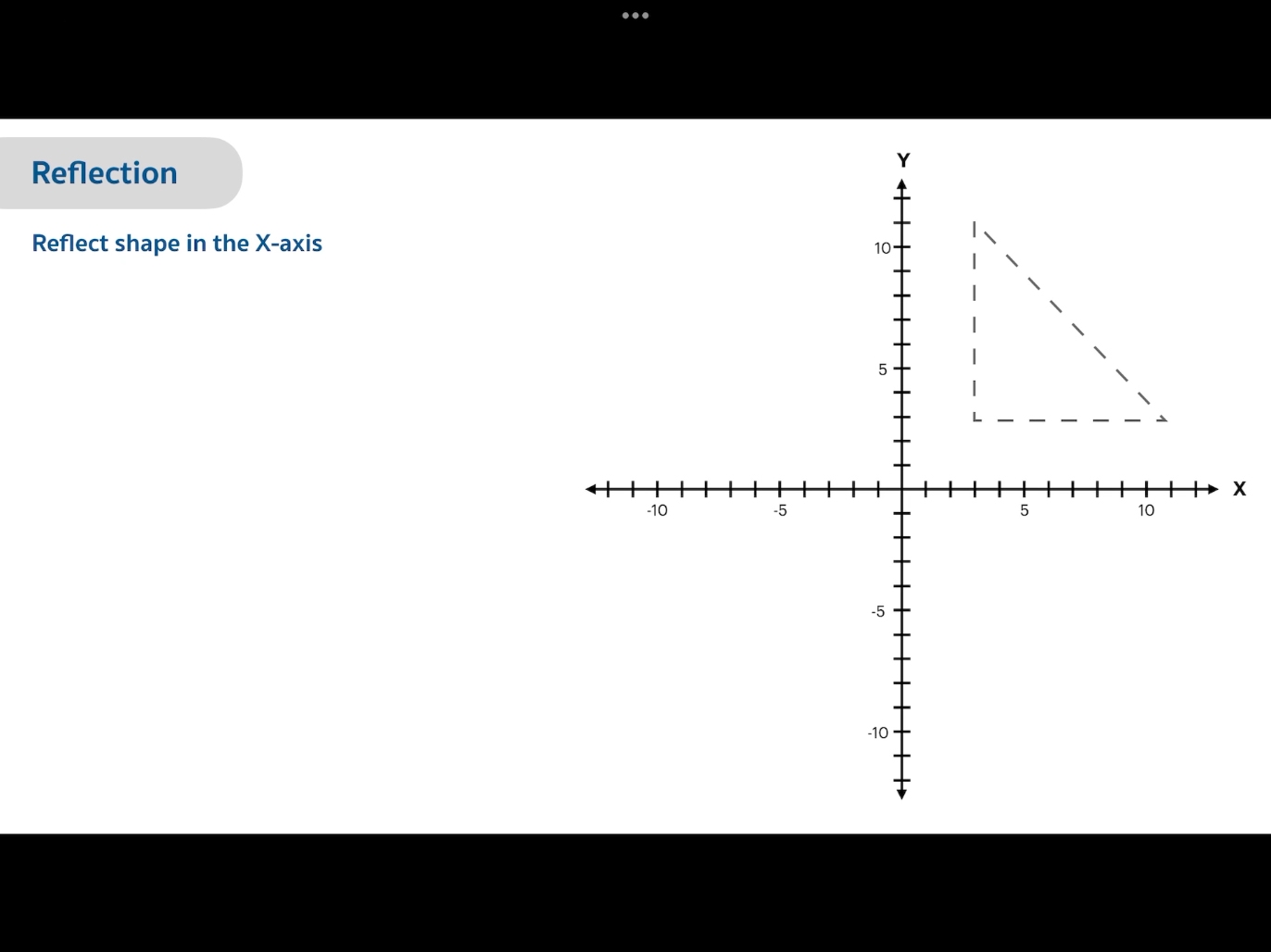Nuttawut Sagunee Apple Teacher Grade 8, Mathematics
In Mathematics, students can arrive at the right answers without ever fully understanding the concept. But learning becomes more meaningful and even joyful when they are able to see the logic behind the answers.
Nuttawut Sagunee
Explore the Everyone Can Create collection.
Learn and teach new skills in music, drawing, video, and photography and incorporate fun projects into your lessons with Everyone Can Create.
